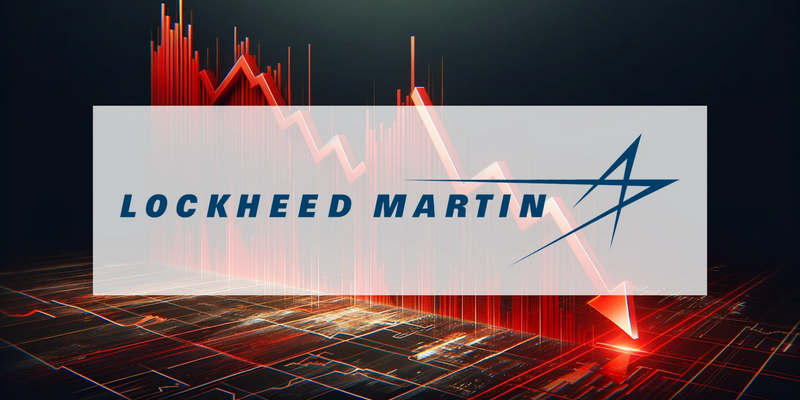Lockheed Martin’s AI Push and Production Surge Face Market Skepticism
07.11.2025 - 13:18:04Record Production and Major Contracts
As global defense priorities shift toward next-generation capabilities, Lockheed Martin is making substantial investments in artificial intelligence while simultaneously ramping up weapons production. Despite these strategic moves, the defense contractor's stock performance tells a contrasting story, with shares declining significantly year-to-date.
The company's manufacturing capabilities are demonstrating remarkable output, highlighted by the delivery of its 750th HIMARS rocket launcher system. More impressively, Lockheed Martin has doubled its annual production rate from 48 to 96 units, achieving this accelerated target two months ahead of schedule.
This manufacturing expansion is supported by substantial U.S. Army contracts totaling $2.9 billion, reflecting sustained demand for precision munitions amid ongoing global tensions. The production increase positions the company to better meet current defense requirements from international partners.
Artificial Intelligence Integration Advances
In a significant technological development, Lockheed Martin has introduced STAR.OS, a new framework designed to integrate multiple artificial intelligence systems for seamless operation. According to Chief Digital AI Officer Mike Baylor, this represents a substantial advancement in defense technology.
The system is already being implemented in government missions spanning maritime threat detection to missile warning systems. This strategic focus on AI-enabled warfare places Lockheed Martin at the forefront of a multi-billion dollar defense technology trend that is rapidly gaining importance.
Should investors sell immediately? Or is it worth buying Lockheed?
International Expansion Strategy
The company's global growth initiatives are showing tangible results, particularly in Australia where Lockheed Martin is expanding local missile production capabilities. A recent partnership with Moog Australia to develop control systems for rocket launchers further strengthens the country's domestic defense industry while addressing potential supply chain vulnerabilities.
This localized production approach represents a strategic response to global logistics challenges while fostering stronger international defense relationships.
Strong Backlog Amid Market Concerns
Underpinning these operational achievements is a massive $179 billion order backlog reported in the company's most recent quarterly results. The accelerated HIMARS production and Australian contracts demonstrate the company's capacity to efficiently process this substantial volume of orders.
Nevertheless, investor sentiment remains cautious as Lockheed Martin shares have declined over 13% since the beginning of the year, creating a noticeable divergence between operational success and market performance. Market observers are watching closely to see whether the combination of technological leadership and manufacturing excellence can reverse this trend.
The upcoming quarterly results in January 2026 will provide crucial insight into whether current fundamental performance justifies the stock's weakness or presents a potential opportunity for investors.
Ad
Lockheed Stock: Buy or Sell?! New Lockheed Analysis from November 7 delivers the answer:
The latest Lockheed figures speak for themselves: Urgent action needed for Lockheed investors. Is it worth buying or should you sell? Find out what to do now in the current free analysis from November 7.
Lockheed: Buy or sell? Read more here...


